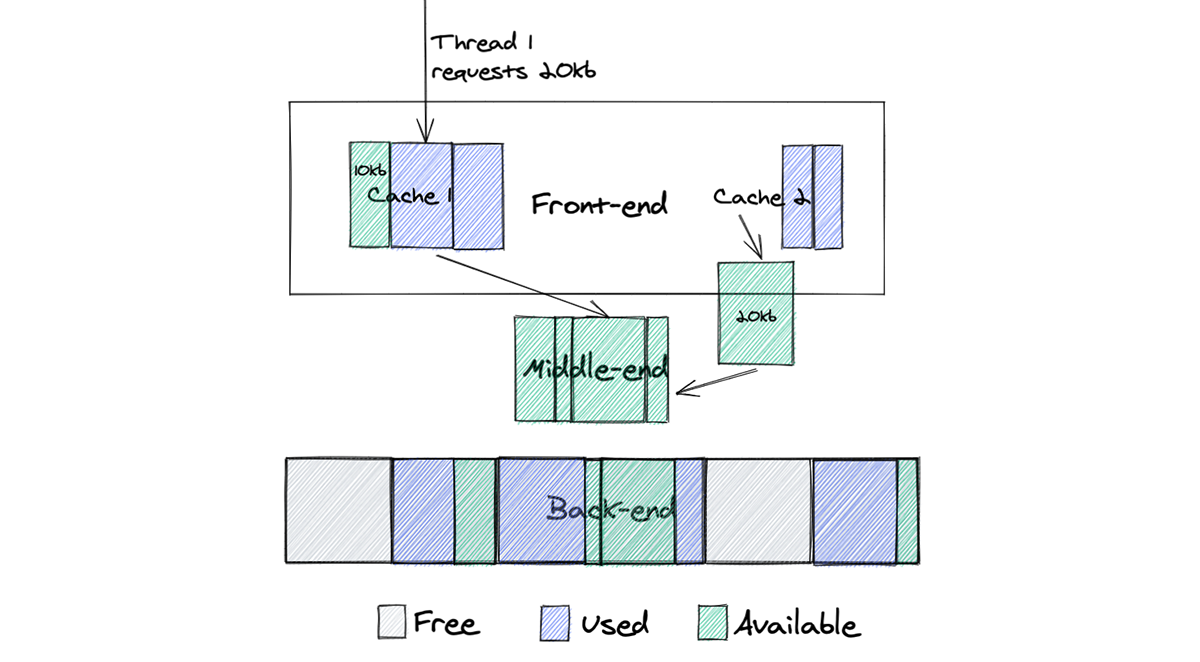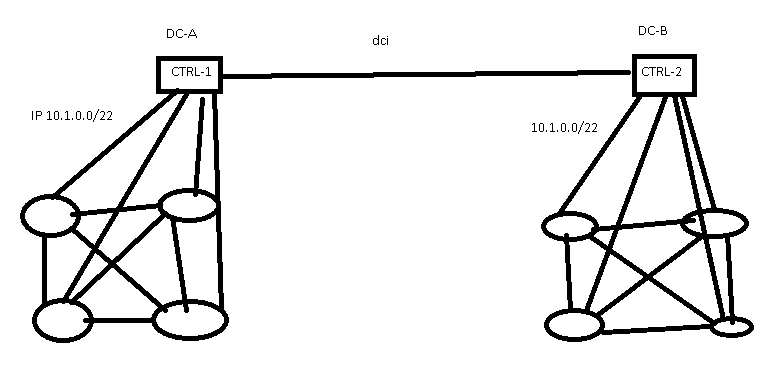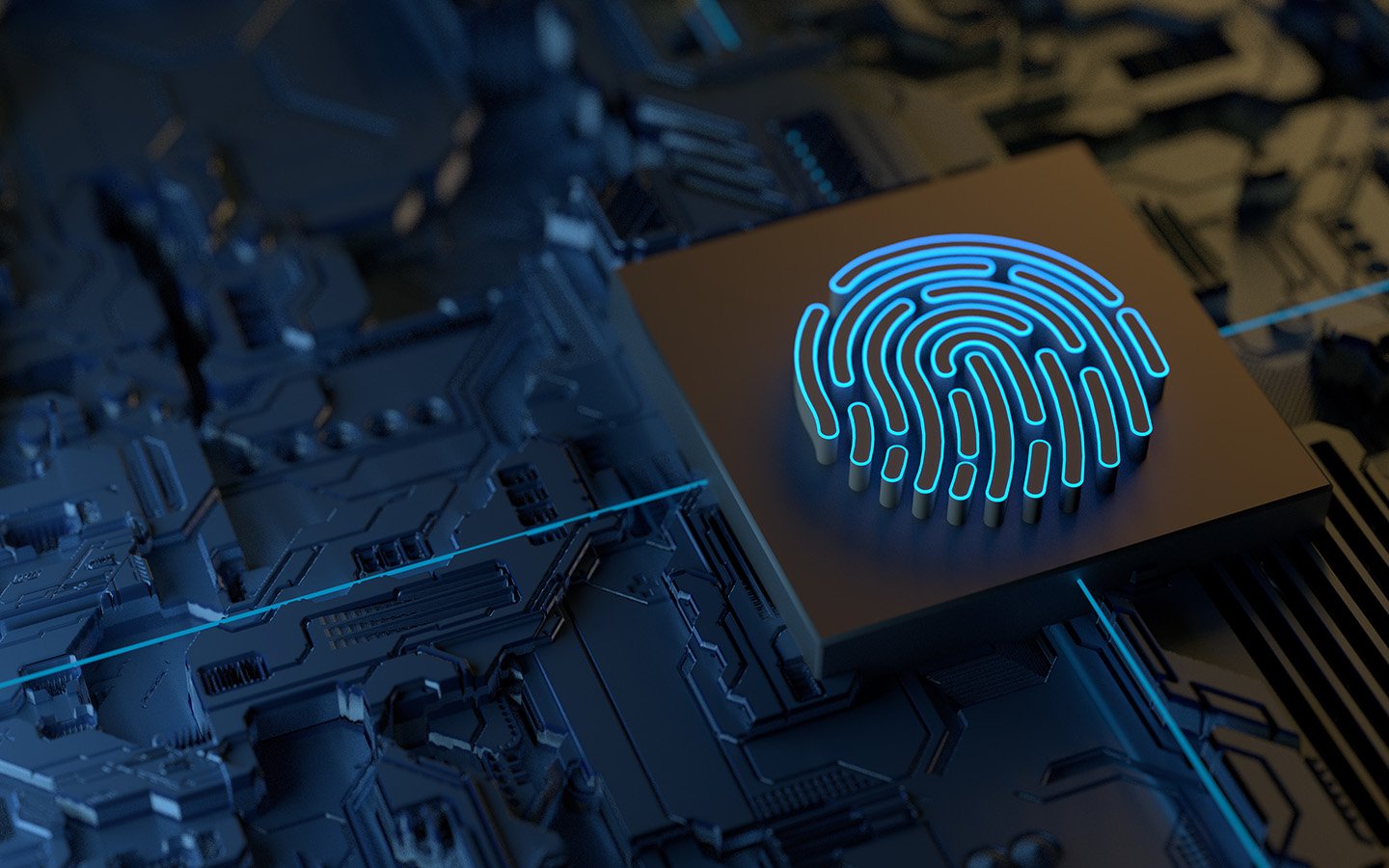The effect of switching to TCMalloc on RocksDB memory use

In previous posts we wrote about our configuration distribution system Quicksilver and the story of migrating its storage engine to RocksDB. This solution proved to be fast, resilient and stable. During the migration process, we noticed that Quicksilver memory consumption was unexpectedly high. After our investigation we found out that the root cause was a default memory allocator that we used. Switching memory allocator improved service memory consumption by almost three times.
Unexpected memory growth
After migrating to RocksDB, the memory used by the application increased significantly. Also, the way memory was growing over time looked suspicious. It was around 15GB immediately after start and then was steadily growing for multiple days, until stabilizing at around 30GB. Below, you can see a memory consumption increase after migrating one of our test instances to RocksDB.

We started our investigation with heap profiling with the assumption that we had a memory leak somewhere and found that heap size was almost three times less than the RSS value reported by the operating system. So, if our application does not actually use all this memory, it means that memory is ‘lost’ somewhere between the system and our application, which points to possible problems with Continue reading
Impact of Centralized Control Plane Partitioning
A long-time reader sent me a series of questions about the impact of WAN partitioning in case of an SDN-based network spanning multiple locations after watching the Architectures part of Data Center Fabrics webinar. He therefore focused on the specific case of centralized control plane (read: an equivalent of a stackable switch) with distributed controller cluster (read: switch stack spread across multiple locations).

SDN controllers spread across multiple data centers
Impact of Centralized Control Plane Partitioning
A long-time reader sent me a series of questions about the impact of WAN partitioning in case of an SDN-based network spanning multiple locations after watching the Architectures part of Data Center Fabrics webinar. He therefore focused on the specific case of centralized control plane (read: an equivalent of a stackable switch) with distributed controller cluster (read: switch stack spread across multiple locations).

SDN controllers spread across multiple data centers
Missing Cron Email When Restarting smtpd
I have a cron job that renews an SSL
certificate from Let's
Encrypt, and then restarts the smtpd daemon so that the new certificate is
picked up. This all works fine--as proven by both the presence of a new, valid
cert on disk, and smtpd successfully restarting--but cron never sends an email
with the output of the job. What gives?
The Internet of Trash
It's often a clear signal that we’re in in deep trouble when politicians believe that they need to lend a hand and help out with regulations. Either the actions of the market have failed consumers and some form of public action is necessary to address aspects of this failure, or the situation is so desperately broken and beyond help that the legislature is performing a largely ineffectual action that serves more to disclaim any residual responsibility on the part of the public sector for the mess that we’ve created.azruntime: Manage Azure Infrastructure with Python
I wrote a new Python script called azruntime. It helps me manage my Azure VMs. The script is open-source and should work for anyone who also uses the Azure CLI. azruntime is available on my azure-scripts GitHub repository.

I learned a lot about the Azure Python SDK while working on the azruntime project. In this post, I share what I learned and highlight the more interesting topics like how to find information faster in the Azure Python SDK documentation, Azure authorization, and sorting nested lists by key.
Learning the Azure Python SDK and API
Microsoft offers excellent documentation of all its Azure services, including detailed documentation for the Azure Python SDK. The problem may be that there is so much documentation it is hard to know where to start.
In my opinion, the best place to start is to look at the Azure sample scripts available at the following URL:
Search by keyword or category. When you find a script that appears to display some of the functionality you want to implement, use a search engine to search for the Azure Python SDK classes and functions you see used in the sample scripts.
This is a faster Continue reading
Internet Society Foundation Awards $1M in Research Grants Studying the Future of the Internet

From the environment to the economy, the Internet is reshaping and disrupting several sectors of our society. What might future patterns of disruption look like? How will these changes affect all of us, particularly those on the margins of society? What new solutions can we generate today, to address the challenges of tomorrow?
At the Internet Society Foundation, we believe the answers to these questions and many others can be found in research. That’s why in September 2020 we announced $1M in grants to support researchers worldwide studying the future and sustainability of the Internet.
Today we’re thrilled to announce the seven awardees. Their projects explore important questions around the Internet’s relationship to society, such as the economic cost of the digital gender gap, the impact of digital labor platforms on worker’s rights, what climate solutions might help decarbonize the subsea cable network, and more.
Learn more about the awardees!
The Research programme is open to independent researchers and research institutions worldwide and is currently accepting statements of interest, to be reviewed on a rolling basis. Grants of up to US$200,000 will be awarded for research lasting up to two years.

The Internet Society Foundation was established in 2019 to Continue reading
The Time for Zero Trust Networking is Now
Arista is trusted and powers the world’s largest data centers and cloud providers based on the quality, support and performance of its products. The experience gained from working with over 7000 customers has helped redefine software defined networking and many of our customers have asked us how we plan to address security. To us, security must be a holistic and inherent part of the network. Our customers have been subjected to the fatigue of point products, reactive solutions, proprietary vendor lock-ins and most of all, operational silos created between CloudOps, NetOps, DevOps and SecOps. By leveraging cloud principles, Arista’s cloud network architectures bring disparate operations together to secure all digital assets across client to IoT, campus, data center and cloud protecting them from threats, thefts and compromises.
The Time for Zero Trust Networking is Now
Arista is trusted and powers the world’s largest data centers and cloud providers based on the quality, support and performance of its products. The experience gained from working with over 7000 customers has helped redefine software defined networking and many of our customers have asked us how we plan to address security. To us, security must be a holistic and inherent part of the network. Our customers have been subjected to the fatigue of point products, reactive solutions, proprietary vendor lock-ins and most of all, operational silos created between CloudOps, NetOps, DevOps and SecOps. By leveraging cloud principles, Arista’s cloud network architectures bring disparate operations together to secure all digital assets across client to IoT, campus, data center and cloud protecting them from threats, thefts and compromises.
Introduction To The Riverbed Technical Podcast
In this episode we (Brandon, Phil, and Vince) introduce ourselves and share what drives our passion for network visibility and performance. While we are all from Riverbed, this is not your typical vendor podcast. We have a lot planned to discuss around why visibility is a key that networks must focus on today. We talk about cloud and what that overused blanket term really means to us, and how migrations to the cloud are a key time to ensure that we have visibility into apps that have been forgotten, where our data is, what’s leaving the cloud, and what the performance looks like, before, during, and after. We touch on Security, AI/ML, and performance as well, as we setup shop and plan to discuss these areas in further detail.
Reference Links:
The post Introduction To The Riverbed Technical Podcast appeared first on Network Collective.
Rant: Broadcom and Network Operating System Vendors
Minh Ha left the following rant as a comment on my 5-year-old What Are The Problems with Broadcom Tomahawk? blog post. It’s too good to be left gathering dust there. Counterarguments and other perspectives are highly welcome.
So basically a lot of vendors these days are just glorified Broadcom resellers :p. It’s funny how some of them try to up themselves by saying they differentiate their offerings with their Network OS.

